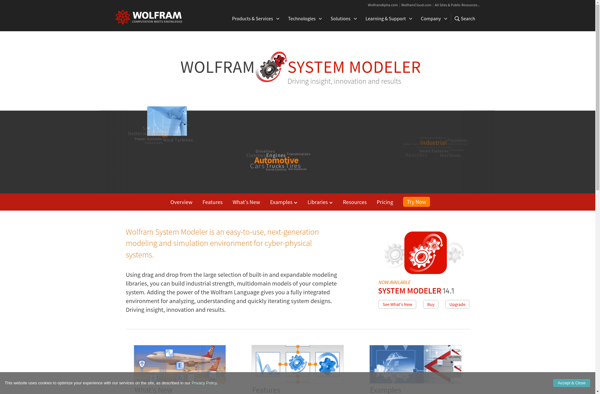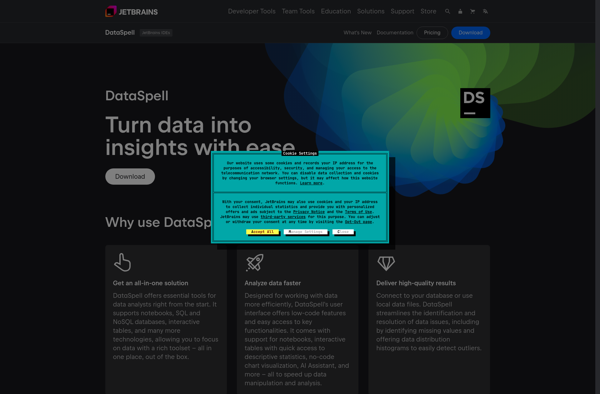Dymola

Dymola: Modeling and Simulation Software
A modeling and simulation software environment for complex system modeling, especially suitable for multi-engineering applications and cyber-physical systems.
What is Dymola?
Dymola is a commercial modeling and simulation software environment developed by Dassault Systèmes for modeling and simulating the behavior of engineering systems. It utilizes the open Modelica modeling language and enables multi-disciplinary simulations involving mechanical, electrical, control, hydraulics, and thermal systems.
Key features and capabilities of Dymola include:
- Graphical modeling interface for building component and system models
- Extensive Modelica model libraries for various engineering domains
- Symbolic model manipulations and automatic formula manipulations for efficient simulations
- Open interface to C and Python for model export and numerical analysis
- Advanced solvers and efficient simulation algorithms for complex systems
- Model calibration and optimization tools integrated with MATLAB/Simulink
- Result visualization, analysis and post-processing tools
Dymola is used across various industries like automotive, aerospace, power generation, building equipment, etc. for virtual prototyping, system-level performance analysis and model-based system engineering. Its flexibility to simulate cross-disciplinary models makes it well-suited for cyber-physical systems and Industry 4.0 applications.
Dymola Features
Features
- Modeling and simulation of complex systems
- Multi-domain modeling (mechanical, electrical, hydraulic, control, etc.)
- Acausal modeling using Modelica language
- Large model libraries for various engineering domains
- Symbolic model manipulation for efficient simulation
- Integrated development environment
- Animation and visualization tools
Pricing
- One-time Purchase
- Subscription-Based
Pros
Cons
Reviews & Ratings
Login to ReviewThe Best Dymola Alternatives
Top Development and Modeling & Simulation and other similar apps like Dymola
Here are some alternatives to Dymola:
Suggest an alternative ❐Simulink

MATLAB

Mirai Math

Spyder

OpenModelica

JModelica

20-sim

Xcos

GAMS

Wolfram SystemModeler

SimulationX

PyDSTool
DataSpell
